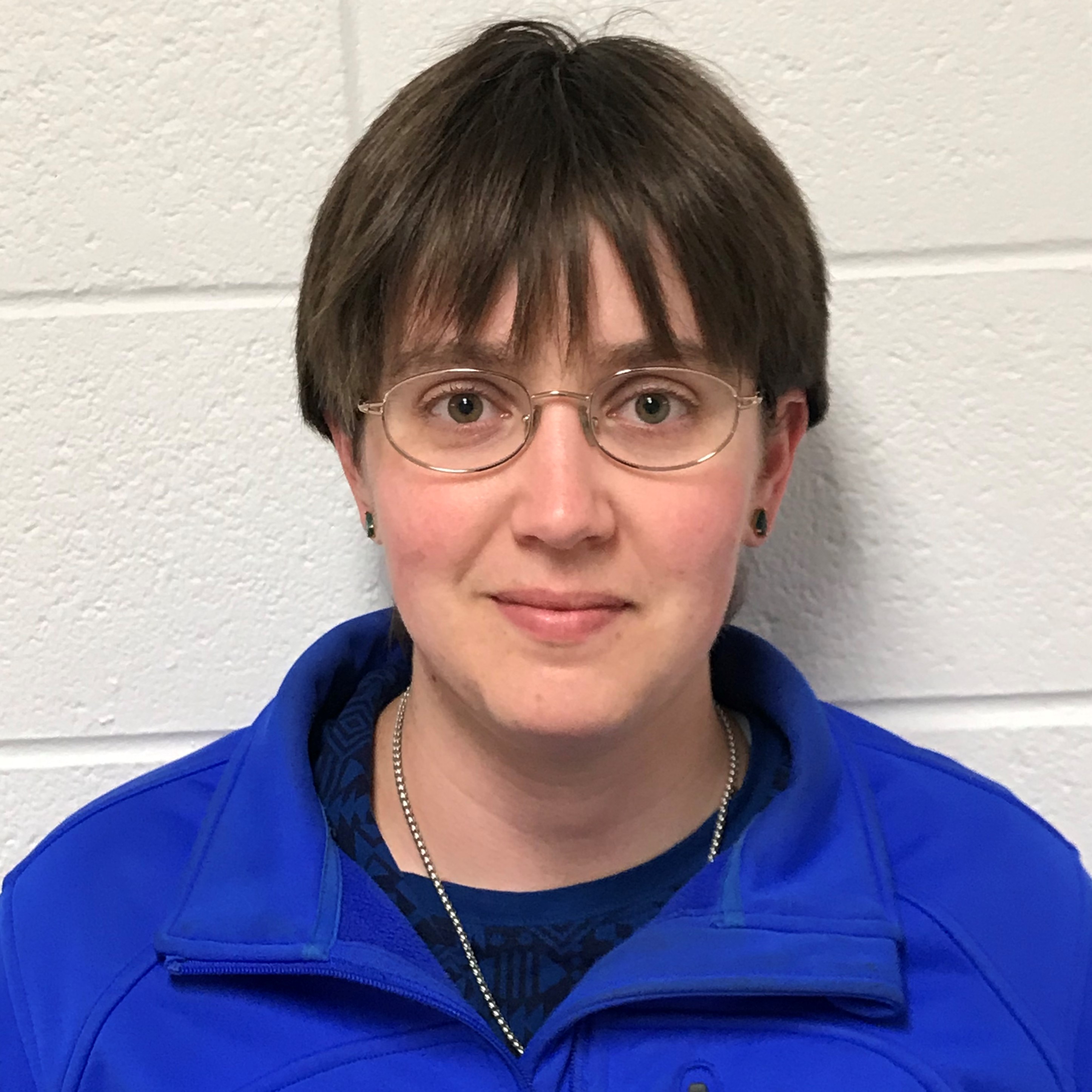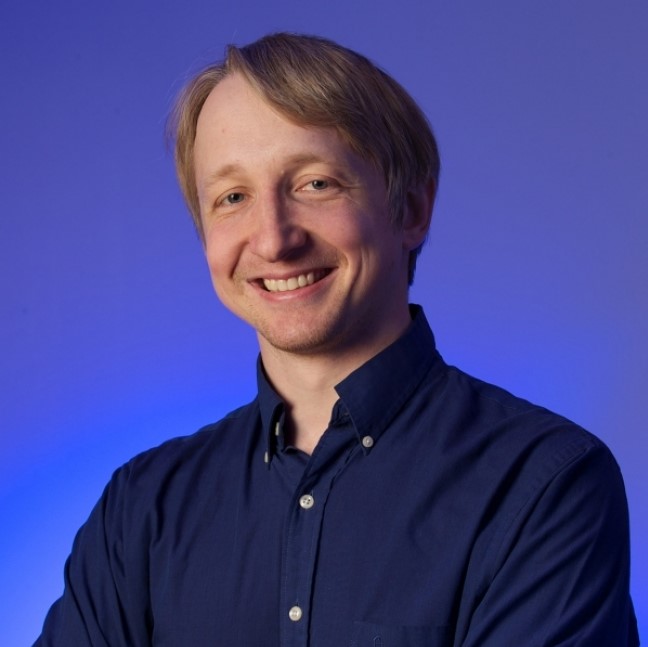- Details
-
Published: Tuesday, July 02 2019 10:37
Wolfgang Losert has been named interim director of the university’s Institute for Physical Science and Technology (IPST), effective July 1, 2019.
Losert will serve as interim director while the College of Computer, Mathematical, and Natural Sciences (CMNS) conducts a national search to find a replacement for Christopher Jarzynski, who recently completed his five-year term as director. In addition to his IPST role, Losert will continue to serve as CMNS associate dean for research while CMNS Associate Dean Gerald “Jerry” Wilkinson takes on Losert’s responsibilities for graduate education.
“I want to thank Wolfgang for agreeing to serve in this capacity while we search for a new director of IPST,” said CMNS Dean Amitabh Varshney. “IPST is an important institute in our college. The interdisciplinary research the faculty members and students in IPST pursue is extremely valuable—they are truly expanding our understanding of the world around us.
IPST conducts interdisciplinary research in emerging areas at the boundaries between physics, chemistry, the mathematical and life sciences, and engineering. The institute also supports three interdisciplinary graduate programs in chemical physics, biophysics and applied mathematics.
“It is a great honor to serve as interim director of IPST, working with our star faculty and outstanding junior scientists at the forefront of interdisciplinary research,” Losert said. “When I look at our institute, interdisciplinary graduate training really stands out as a major accomplishment. IPST supports three interdisciplinary graduate programs and IPST faculty lead two prestigious NSF-funded interdisciplinary graduate training programs, the COMBINE program in network biology and the UMD node of the Physics of Living Systems Student Research Network. I look forward to working with our dedicated staff in support of IPST’s mission in the coming year.”
In his personal research, Losert aims to discover emergent dynamic properties of complex systems at the interface of physics and biology, with a focus on collective migration and activity of cells. He currently leads a $7.5 million Multidisciplinary University Research Initiative program funded by the Air Force Office of Scientific Research and serves as co-principal investigator on a $20 million Brain Research through Advancing Innovative Neurotechnologies (BRAIN) initiative center grant from the National Institutes of Health. Additional funding for Losert’s research comes from the National Science Foundation and the National Institute of Standards and Technology. He was elected fellow of the American Physical Society in 2017.
Within CMNS and the broader scientific community, Losert actively fosters cross-disciplinary interactions and new research and educational opportunities. He helped launch and currently co-leads the American Physical Society Group on Data Science. He is part of a trans-university initiative of the Howard Hughes Medical Institute (called NEXUS) that is developing new science and math courses for biology majors and pre-health care students that can serve as a national model. He helped initiate and co-directs the NCI-UMD Partnership for Integrative Cancer Research, which provides UMD faculty members and graduate students the opportunity to tackle pressing problems in cancer research in collaboration with National Cancer Institute experts.
Losert joined UMD in 2000 as an assistant professor and has served as an associate dean in CMNS since 2014. He earned his Ph.D. in physics from the City College of the City University of New York in 1998 and his diplom in applied physics from the Technical University of Munich in Germany in 1995.
During Jarzynski’s time as IPST director, he facilitated the recruitment of several faculty members to the institute: Cell Biology and Molecular Genetics Assistant Professor Daniel Dwyer, Mathematics Assistant Professor Lise-Marie Imbert-Gerard, Chemistry and Biochemistry Assistant Professor Pratyush Tiwary, and Mathematics Professor Konstantina Trivisa. Jarzynski also launched an interdisciplinary research team program in IPST to incubate new research fields. The first seed-funded team, led by Dwyer, is using microfluids to study antimicrobial resistance. The institute also advanced its leadership in the field of phase transitions in fluids and plasmas under Jarzynski by hosting U.S.-Russia workshops on the topic in 2016 and 2017.
Media Relations Contact: Abby Robinson, 301-405-5845, This email address is being protected from spambots. You need JavaScript enabled to view it.
 Alicia Kollár
Alicia Kollár
